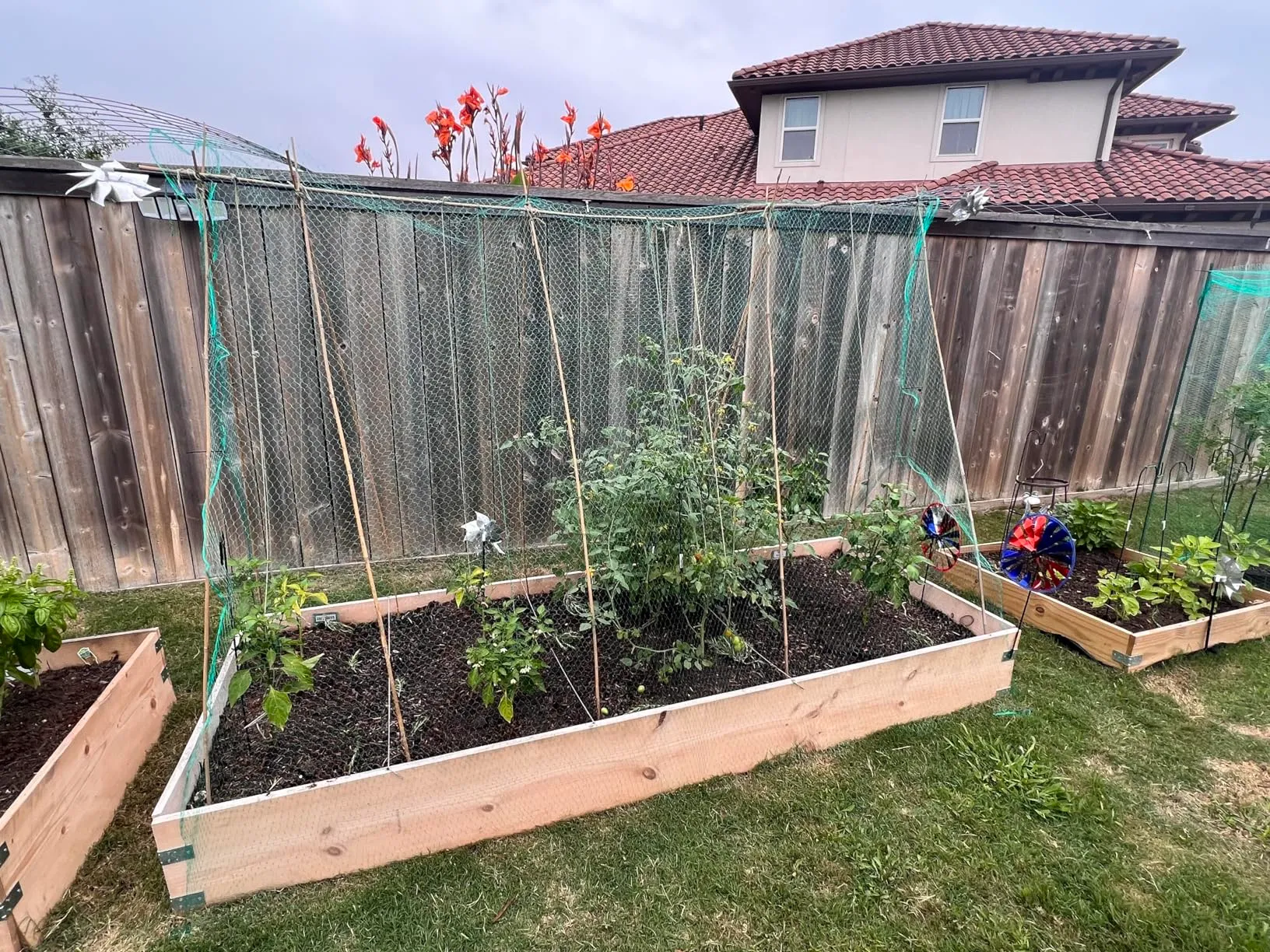-
 Afrikaans
Afrikaans -
 Albanian
Albanian -
 Amharic
Amharic -
 Arabic
Arabic -
 Armenian
Armenian -
 Azerbaijani
Azerbaijani -
 Basque
Basque -
 Belarusian
Belarusian -
 Bengali
Bengali -
 Bosnian
Bosnian -
 Bulgarian
Bulgarian -
 Catalan
Catalan -
 Cebuano
Cebuano -
 China
China -
 Corsican
Corsican -
 Croatian
Croatian -
 Czech
Czech -
 Danish
Danish -
 Dutch
Dutch -
 English
English -
 Esperanto
Esperanto -
 Estonian
Estonian -
 Finnish
Finnish -
 French
French -
 Frisian
Frisian -
 Galician
Galician -
 Georgian
Georgian -
 German
German -
 Greek
Greek -
 Gujarati
Gujarati -
 Haitian Creole
Haitian Creole -
 hausa
hausa -
 hawaiian
hawaiian -
 Hebrew
Hebrew -
 Hindi
Hindi -
 Miao
Miao -
 Hungarian
Hungarian -
 Icelandic
Icelandic -
 igbo
igbo -
 Indonesian
Indonesian -
 irish
irish -
 Italian
Italian -
 Japanese
Japanese -
 Javanese
Javanese -
 Kannada
Kannada -
 kazakh
kazakh -
 Khmer
Khmer -
 Rwandese
Rwandese -
 Korean
Korean -
 Kurdish
Kurdish -
 Kyrgyz
Kyrgyz -
 Lao
Lao -
 Latin
Latin -
 Latvian
Latvian -
 Lithuanian
Lithuanian -
 Luxembourgish
Luxembourgish -
 Macedonian
Macedonian -
 Malgashi
Malgashi -
 Malay
Malay -
 Malayalam
Malayalam -
 Maltese
Maltese -
 Maori
Maori -
 Marathi
Marathi -
 Mongolian
Mongolian -
 Myanmar
Myanmar -
 Nepali
Nepali -
 Norwegian
Norwegian -
 Norwegian
Norwegian -
 Occitan
Occitan -
 Pashto
Pashto -
 Persian
Persian -
 Polish
Polish -
 Portuguese
Portuguese -
 Punjabi
Punjabi -
 Romanian
Romanian -
 Russian
Russian -
 Samoan
Samoan -
 Scottish Gaelic
Scottish Gaelic -
 Serbian
Serbian -
 Sesotho
Sesotho -
 Shona
Shona -
 Sindhi
Sindhi -
 Sinhala
Sinhala -
 Slovak
Slovak -
 Slovenian
Slovenian -
 Somali
Somali -
 Spanish
Spanish -
 Sundanese
Sundanese -
 Swahili
Swahili -
 Swedish
Swedish -
 Tagalog
Tagalog -
 Tajik
Tajik -
 Tamil
Tamil -
 Tatar
Tatar -
 Telugu
Telugu -
 Thai
Thai -
 Turkish
Turkish -
 Turkmen
Turkmen -
 Ukrainian
Ukrainian -
 Urdu
Urdu -
 Uighur
Uighur -
 Uzbek
Uzbek -
 Vietnamese
Vietnamese -
 Welsh
Welsh -
 Bantu
Bantu -
 Yiddish
Yiddish -
 Yoruba
Yoruba -
 Zulu
Zulu
Effective Solutions for Bird Control Using Durable Netting Techniques
Bird Proof Netting Protecting Urban Spaces and Agriculture
Birds are enchanting creatures that contribute to the beauty of our environment. However, in urban settings and agricultural areas, they can sometimes become a nuisance. Their presence can lead to significant damage to crops, properties, and infrastructure. To combat this problem, bird proof netting has emerged as an effective solution. This article explores the benefits, types, and applications of bird proof netting, as well as its impact on both agriculture and urban living.
Understanding Bird Proof Netting
Bird proof netting is a specially designed barrier made from durable materials like polyethylene or polypropylene. It is engineered to prevent birds from accessing specific areas without causing them harm. The mesh design allows for air and light to pass through, making it a viable solution for various applications, from gardens to commercial buildings.
Benefits of Bird Proof Netting
One of the primary advantages of bird proof netting is its effectiveness in keeping unwanted birds at bay. By creating a physical barrier, it protects crops from being pecked and damaged, thereby ensuring higher yield in agricultural practices. For urban areas, it can prevent birds from nesting in unwanted locations, such as rooftops, ledges, or awnings, thereby reducing potential mess and damage caused by bird droppings.
Additionally, bird proof netting is a humane alternative to chemical deterrents or traps. Since it does not harm the birds, it aligns with ethical practices in wildlife management. Another benefit is its cost-effectiveness; once installed, it requires minimal maintenance and can last for many years.
Types of Bird Proof Netting
There are various types of bird proof netting available, catering to different needs and environments. For instance, lightweight netting is suitable for gardens and small farming practices, whereas heavier-duty netting is designed for commercial agricultural use. Some types of netting have UV-resistant properties, making them durable in harsh weather conditions, while others are designed with small mesh sizes to prevent even the tiniest birds from getting through.
bird proof netting

In urban settings, netting systems can be customized to fit unique architectural features. For example, netting can be adapted to cover balconies, rooftops, or even large industrial sites. The aesthetic aspect is also considered, as certain designs are less visually obtrusive while still being effective.
Applications of Bird Proof Netting
The applications of bird proof netting are vast. In agriculture, it is commonly used to protect fruits, vegetables, and grains from birds, improving harvest quality and quantity. It is particularly beneficial for vineyards and orchards, where birds are attracted to ripe fruit.
In urban environments, bird proof netting is used in commercial buildings to prevent birds from roosting on rooftops and ledges. This can help maintain cleanliness and reduce maintenance costs. Furthermore, in public spaces like parks and sports facilities, netting can be installed to protect gardens, playgrounds, and sports equipment from bird droppings.
Impact on Wildlife and the Environment
While bird proof netting serves practical purposes, its implementation must consider the local ecosystem. Properly installed netting should not impede the movement of beneficial bird species or other wildlife. It's crucial to adhere to guidelines and best practices to ensure that while we protect our crops and urban spaces, we do not negatively impact the broader environment.
Conclusion
Bird proof netting is an innovative and effective solution for managing bird-related problems in both urban and agricultural settings. With its myriad benefits, including humane treatment of birds, cost-effectiveness, and customization options, it stands out as an essential tool for farmers and city planners alike. As we continue to balance human activities with wildlife preservation, bird proof netting offers a sustainable way to coexist with the avian population while protecting our resources.
-
Shipping Plastic Bags for Every NeedNewsJul.24,2025
-
Safety Netting: Your Shield in ConstructionNewsJul.24,2025
-
Plastic Mesh Netting for Everyday UseNewsJul.24,2025
-
Nylon Netting for Every UseNewsJul.24,2025
-
Mesh Breeder Box for Fish TanksNewsJul.24,2025
-
Expanded Steel Mesh Offers Durable VersatilityNewsJul.24,2025











